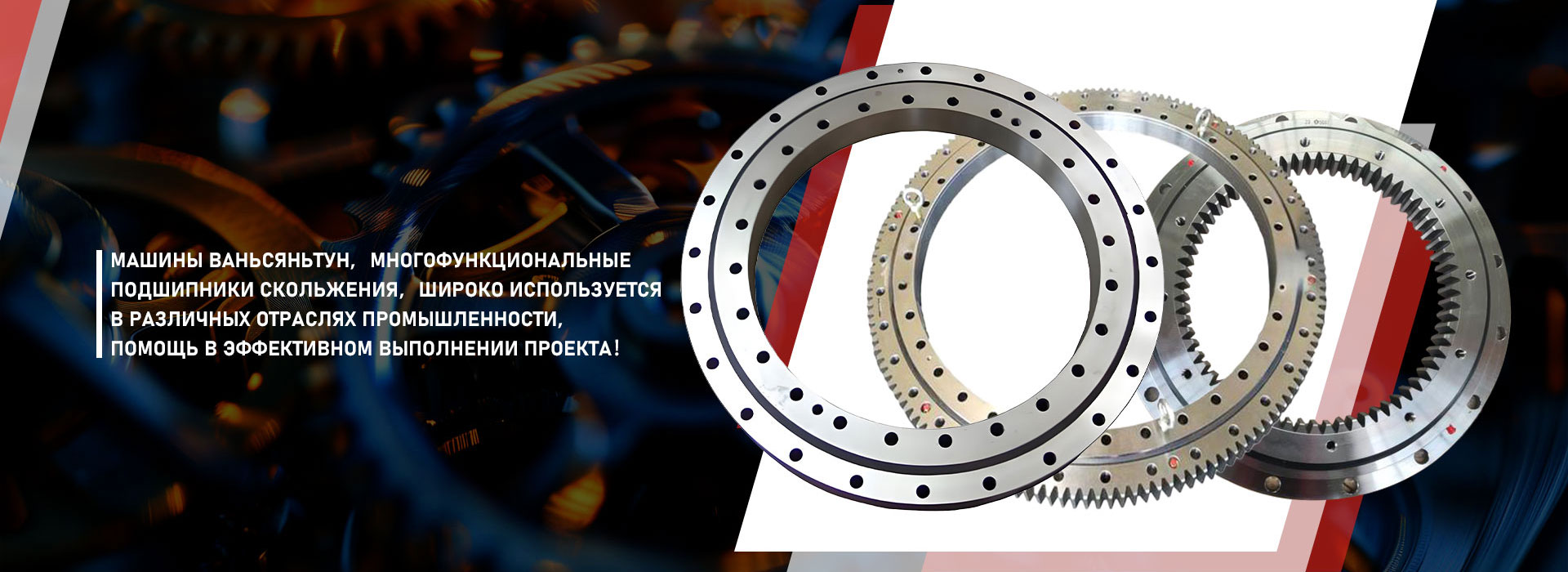
The turner of the excavator
The turner of the excavator
A rotary bearing is a key element of an excavator that provides a smooth and reliable rotation of its bucket. Imagine a huge mechanism that is constantly unfolding, moving the load. Without a reliable rotary bearing, all this work would be impossible, and the excavator itself is inoperative.
Device and principle of operation
A rotary bearing is a complex design consisting of several components. The main task is to ensure low friction and high strength at enormous loads. The basis of rotation of the shaft is based on, on which the bucket is fixed, inside a special bearing node. Inside this node are rollers or balls that support the shaft, minimizing friction. Various types of bearings are adapted to the specific operating conditions of the excavator, taking into account the features of its work. Imagine how balls or rollers, like little assistants, provide smooth rotation, not allowing the shaft to seize.
Factors affecting service life
The service life of the rotary bearing directly depends on the conditions of its operation. Constant overloads, dust and dirt, poor -quality lubrication are all factors that significantly reduce its service life. Constantly changing temperature, as well as sharp changes, also negatively affect the bearing. As in any technique, timely maintenance is important here in order to ensure the long and efficient operation of the excavator. Imagine that if you do not monitor the state of the machine, then mechanisms, like people, can fail.
Prevention and repair
Regular verification of the condition of the bearing, timely lubrication replacement and, of course, professional repairs for breakdown are the main components of the prevention. This will help to avoid serious breakdowns and expensive repairs in the future. Correct care is like a concern for an old tool that retains it in working condition for many years. Sometimes, as with any complex technique, you have to contact specialists who accurately diagnose problems and offer the best solutions.
AppropriateProducts
Corresponding products
The best soldproducts
The best -selling productsConnectedsearch
Related search- Suppliers of replacement of gears in China
- OEM suppliers of tower supporting devices
- 3-step manufacturers in China
- Chinese manufacturers of replaceable supporting devices for goat cranes
- Cheap price processing price
- Cheap prices for Taurus 086a rotary rings
- Repair manufacturers of supporting devices
- The main suppliers of bearings 3 from China
- OEM manufacturers of the gear of the 1st gear
- Prices for OEM 3 steps














